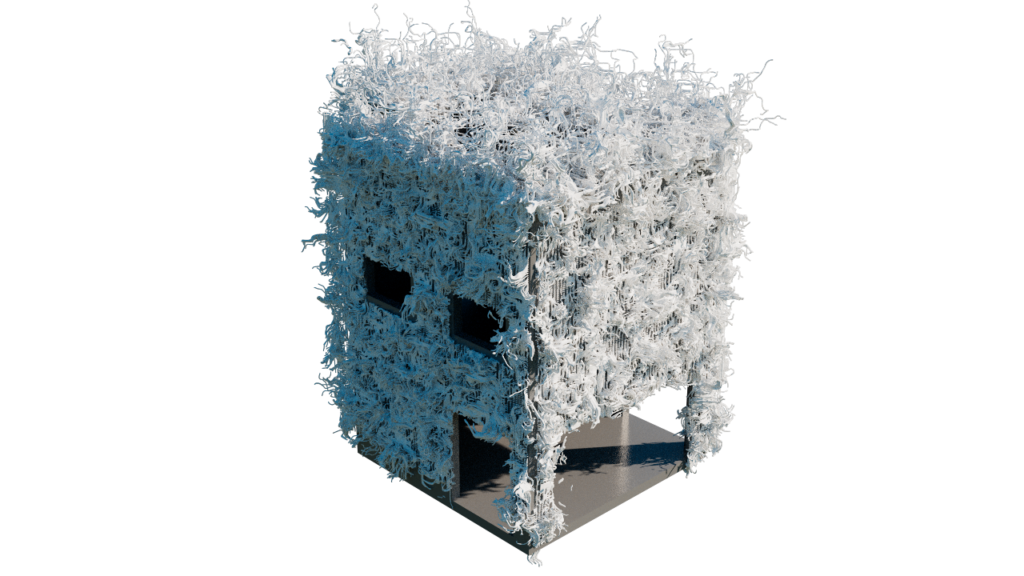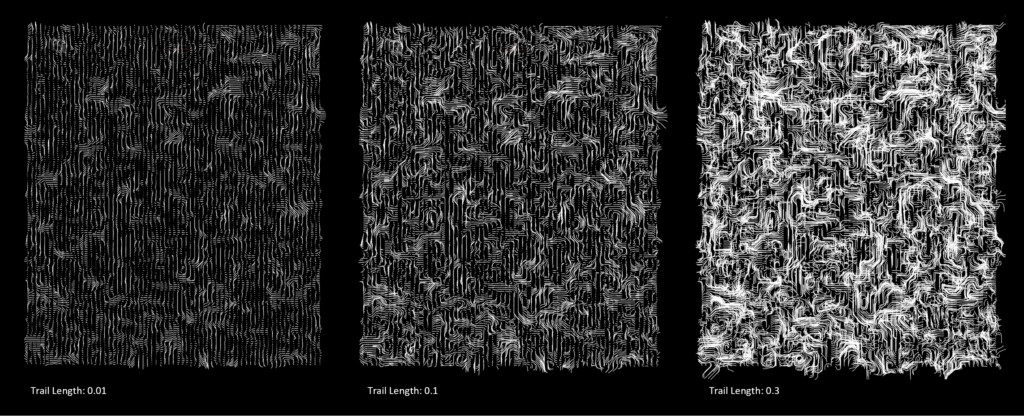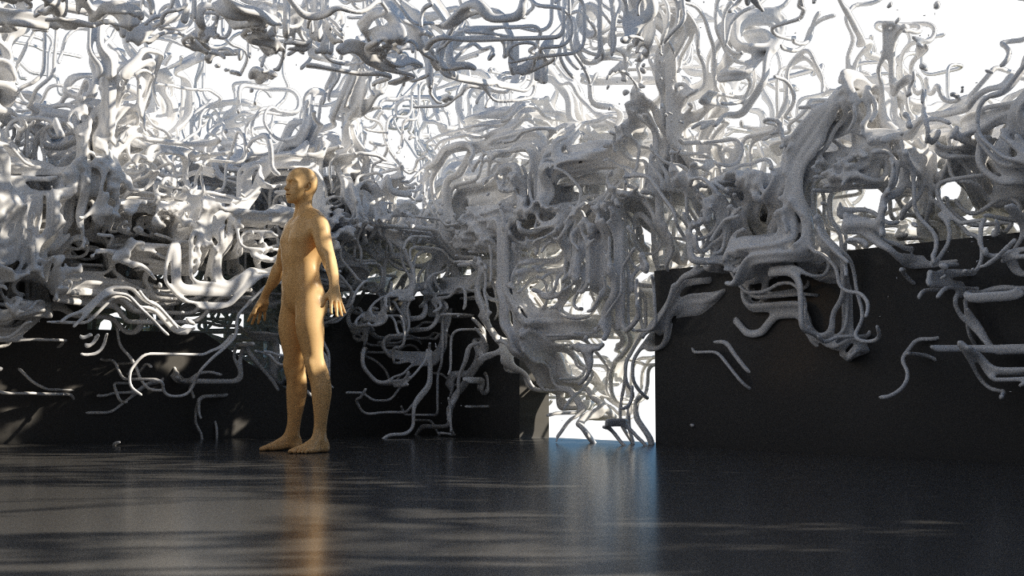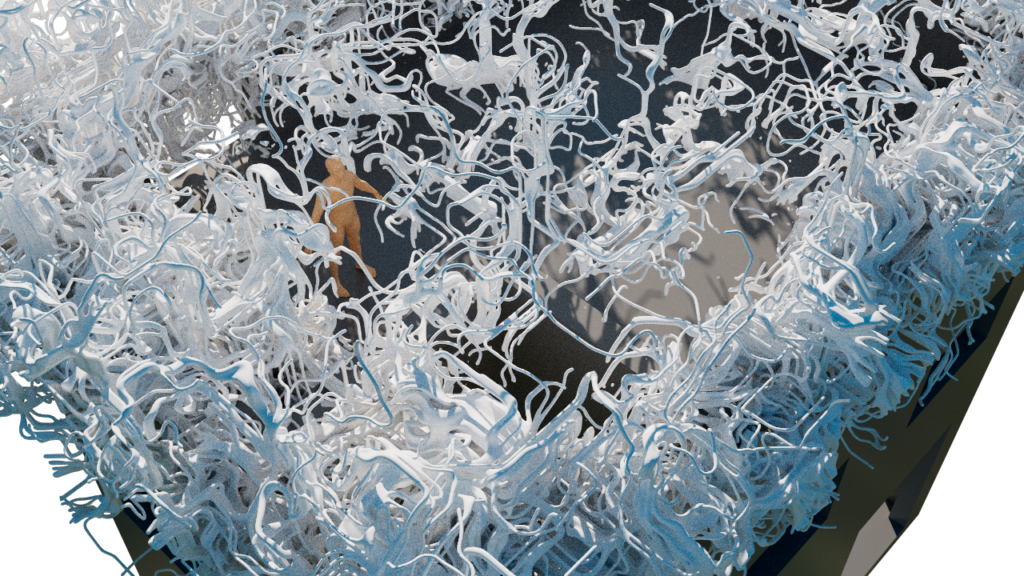
The innovative application of the Curl Noise algorithm played a pivotal role in shaping the design of the facade, enabling a sophisticated simulation of the natural wind effects on the building envelope. By harnessing the power of this algorithm, the designers were able to intricately model and replicate the complex and dynamic patterns of wind movement, capturing the nuances of nature’s influence on the structure.
The Curl Noise algorithm, known for its ability to generate realistic and visually compelling fluid-like motions, was harnessed to simulate the ever-changing impact of wind on the facade. This advanced computational approach not only allowed for a precise representation of wind patterns but also facilitated a deeper understanding of how these forces interacted with the architectural elements.
Through the use of the Curl Noise algorithm, the facade design transcends mere aesthetics, embodying a dynamic and responsive architectural language. The simulation, grounded in scientific principles, not only enhances the visual appeal of the structure but also contributes to the overall functionality and resilience of the building envelope. This intersection of technology and design exemplifies a forward-thinking approach, where computational tools are leveraged to create environments that harmonize with the natural elements, resulting in a more sustainable and aesthetically captivating architectural solution.



Design Team: Chao-Chun Kung

